Campobello is one of Canada’s most unique islands, situated at the western end of the Bay of Fundy. It belongs to New Brunswick but has deep connections to the United States, notably as the summer retreat of President Franklin D. Roosevelt. This rich history has made the island a popular destination for both Canadians and Americans alike.
Visiting from the Canadian side can be quite an adventure, as it requires taking two ferries. Alternatively, the island is merely one kilometer away from Lubec, Maine, where you can drive over a bridge directly to Campobello.
Regardless of how you arrive, this island is a distinct treasure to discover. To help you explore, we’ve created this travel guide highlighting the best things to do in Campobello Island, New Brunswick.
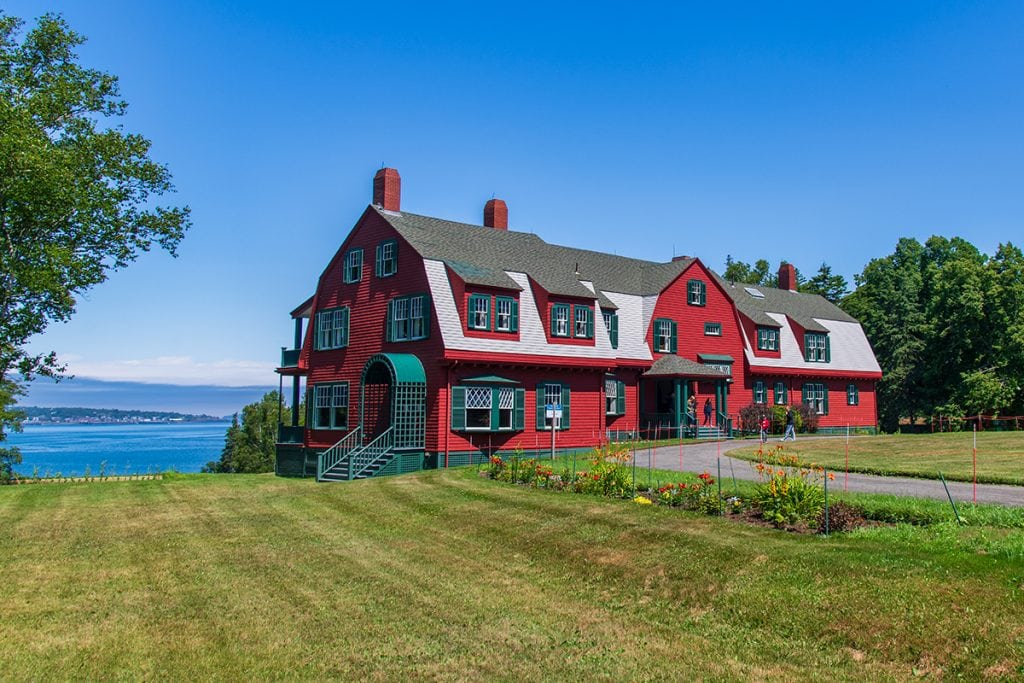
Roosevelt Campobello International Park
Nearly a third of Campobello Island, approximately 2,800 acres, is occupied by the Roosevelt Campobello International Park, which is co-managed by Canada and the United States through a bi-national commission. This park serves as a tribute to President Franklin Delano Roosevelt, who spent many summers here with his family in a cottage gifted to him by his parents in 1908.
The park was officially opened in 1964 following a treaty established by Prime Minister Lester B. Pearson and President Lyndon B. Johnson. In 2024, a series of special events, including live music and historical talks, were held to celebrate the park’s 60th anniversary.
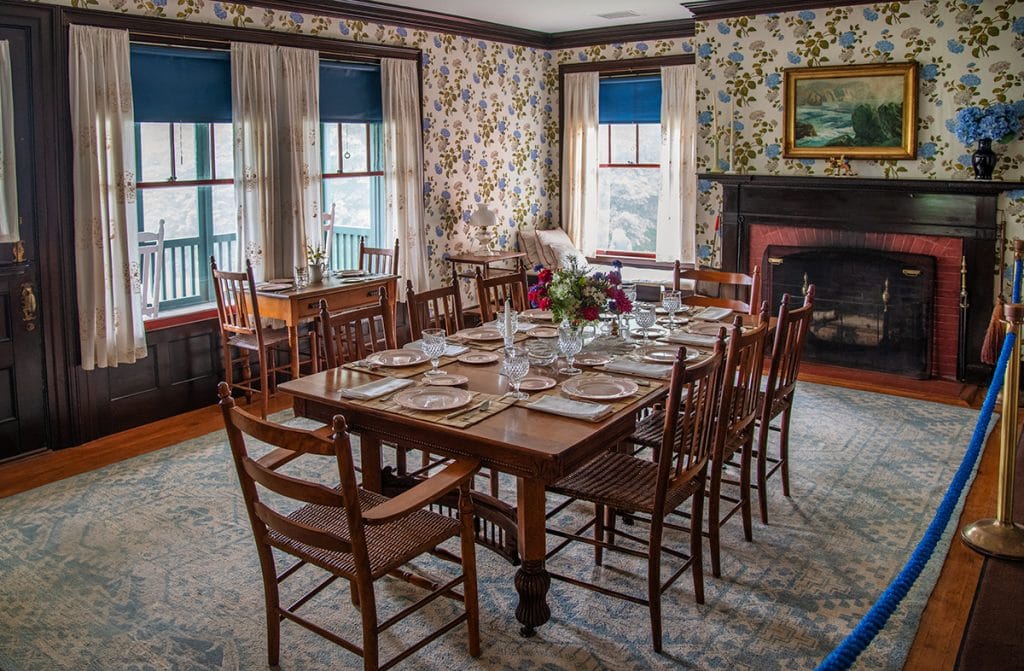
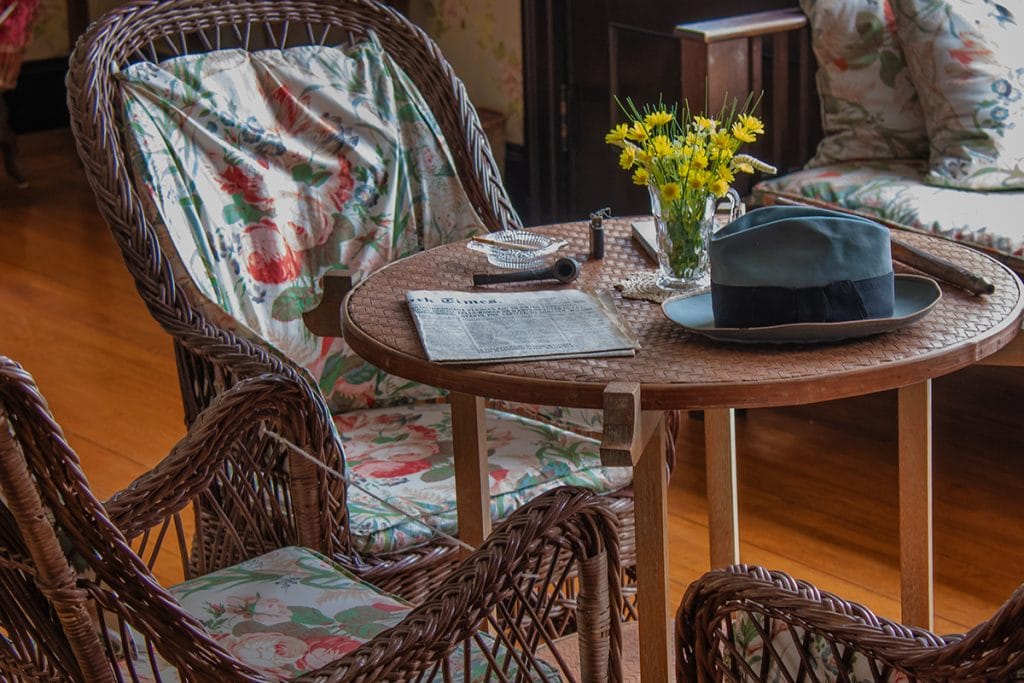
Make sure to start your visit at the visitor center, which provides an overview of the park’s buildings and the surrounding natural areas. The main highlight is the 34-room cottage where Franklin and Eleanor Roosevelt spent their summers, known to Franklin as his “beloved island.” They enjoyed a wide array of outdoor activities such as hiking, biking, sailing, and swimming during their time here.
Much of the cottage’s furniture is original, showcasing personal items like FDR’s lucky hat and pipe, which he always kept close during his political campaigns. The cottage boasted modern conveniences for its time, including running water, six bathrooms, and a unique system to summon the butler. A famous oversized megaphone used by Eleanor to call her children for meals can also be found here—rumor has it her voice carried as far as Eastport, Maine! Interestingly, despite having all these amenities, FDR insisted that the cottage never had a telephone, reflecting his desire for solitude during his summer escapes.
This cottage is also significant as the place where FDR first showed symptoms of polio in 1921 and recovered for several weeks. Tours of the cottage run every 15 minutes from late May to mid-October, and both admission and tours are free. Additionally, visitors can walk through the elegant Hubbard Cottage, known for its distinctive large oval window, and visit Prince Cottage, where the Prince Café offers light lunches and refreshments.

At the visitor center, be sure to acquire your free ticket for “Tea With Eleanor,” hosted in the historic Wells-Shober Cottage, which takes place twice a day. Reservations are essential due to the limited space of the tearoom, and you can also reserve your ticket online. Guests are treated to King Cole tea, a local blend from Sussex, New Brunswick, along with freshly baked ginger snaps in the cozy living room.
While you savor your tea, park staff will share insights about Eleanor Roosevelt’s significant contributions to political life, not just as the First Lady but as the Chair of the United Nations Commission on Human Rights and in numerous other influential roles.
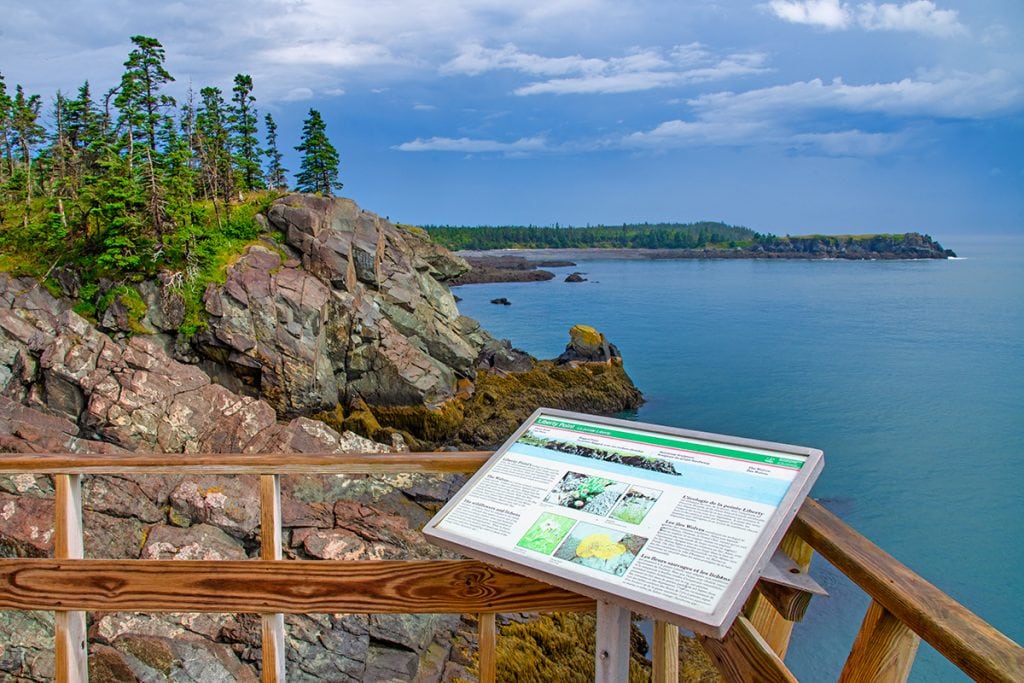
The Natural Wonders of the Park
While the historic buildings are a major attraction, the park’s natural areas, which cover about a third of the island, are accessible year-round. These areas feature lush forests, coastal headlands, bogs, beaches, and pristine shorelines. You can explore three scenic drives through the woods and along the coast, as well as enjoy nine hiking trails. Observation decks provide stunning views of the ever-changing landscape, with Liberty Point offering one of the most breathtaking vistas at the island’s southern tip.
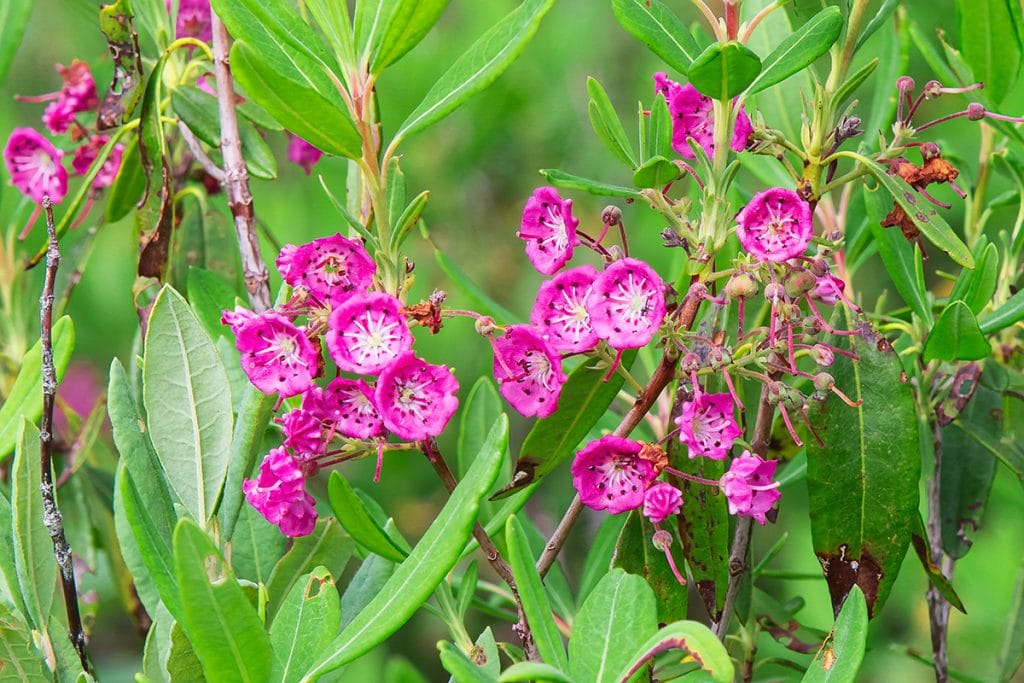
One of our favorite trails was the Eagle Hill Bog trail, an easy 1.1-kilometer boardwalk trail lined with informative signage about the bog’s formation and the unique creatures that inhabit this mossy ecosystem. Carnivorous pitcher plants and vibrant pink sheep laurel can be spotted along the route, adding to the area’s charm.
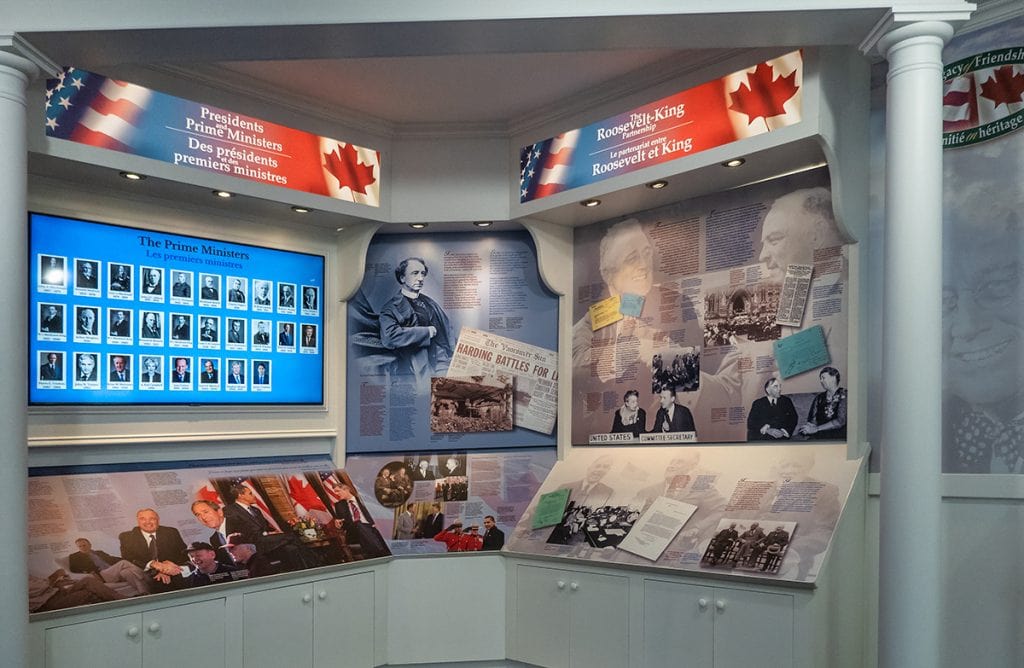
Discovering More of Campobello Island
The Mulholland Point Lighthouse, constructed in 1885 with its distinctive octagonal design, offers stunning views over the channel separating the island from Lubec, Maine. Adjacent to the lighthouse is the Marine Life Interpretation Centre, established in cooperation with the Canadian Whale Institute. Here, visitors can learn about North Atlantic right whales, seals, and other marine life thriving in the Bay of Fundy.
Next to the lighthouse you’ll find the FDR International Bridge, connecting Campobello Island to the mainland at Lubec, Maine. Ironically, during FDR’s lifetime, he preferred the island remain unconnected, valuing its isolation.
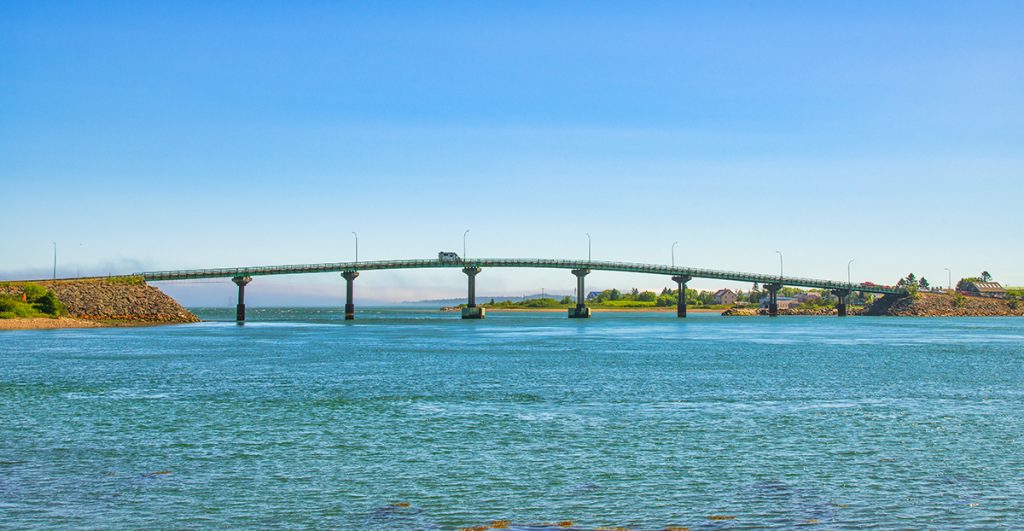
Even fifteen years after his passing, Eleanor Roosevelt retained significant political influence. Thus, when John F. Kennedy ran for presidency in 1960, he sought her endorsement. She agreed under specific conditions, including the addition of more human rights commitments to his platform and the consideration of constructing a bridge to Campobello Island in honor of Franklin’s legacy. This proposal initiated discussions between the U.S. and Canadian governments, leading to the bridge and the formation of the park.
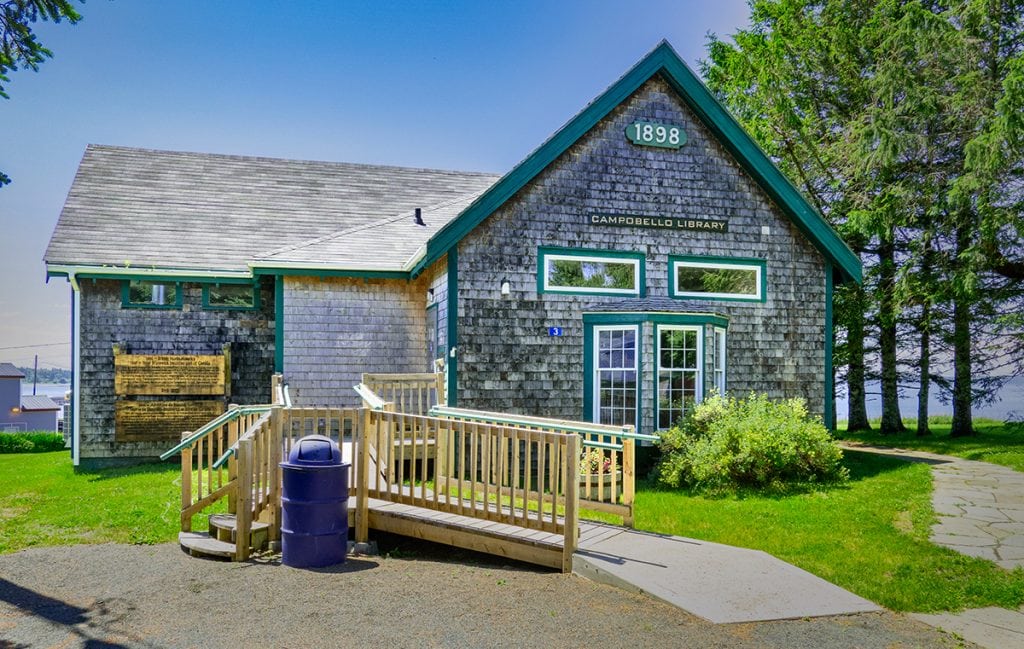
In Welshpool, you will also find the second-oldest library in Canada, established in 1887. This library serves as both a museum, preserving the island’s early history, and a library. Notably, Franklin Roosevelt once served on its board in 1916, and the library contains books that once belonged to his children, complete with their names written inside.
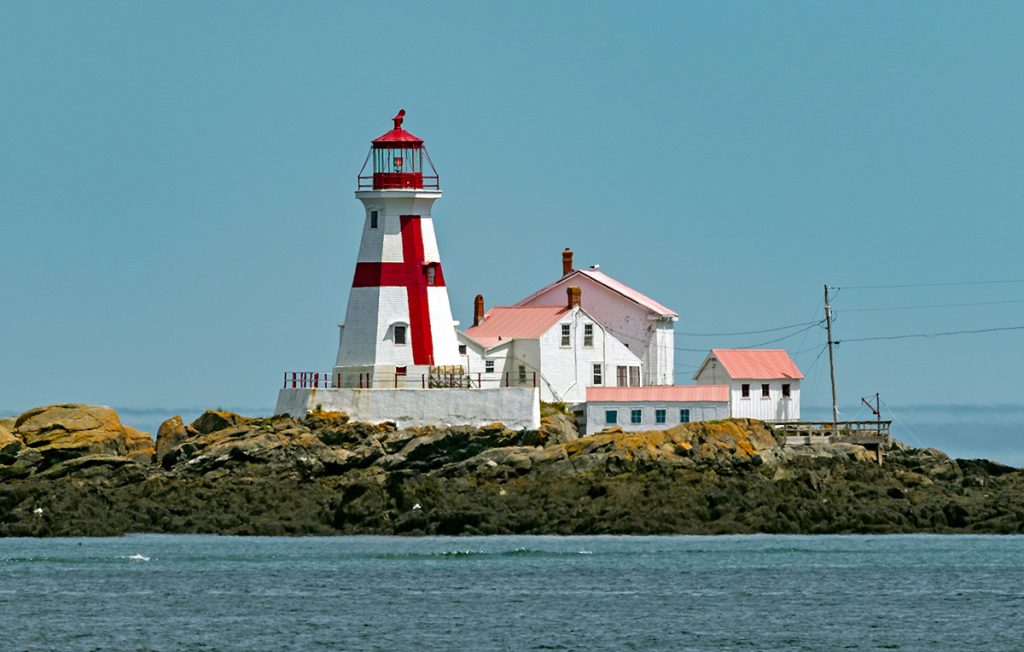
East Quoddy Lighthouse
The northern tip of Campobello Island extends into the ocean, home to the Head Harbour Lighthouse, commonly known as the East Quoddy Lighthouse. Due to the Bay of Fundy’s dramatic tides, the appearance of this lighthouse changes significantly. At high tide, it stands isolated on its own island, but during low tide, visitors can walk across the exposed ocean floor to reach it. Caution is advised, as the tide rises at an alarming rate of five feet per hour.
Built in 1829, this iconic lighthouse features a large red cross covering its gleaming white exterior, making it one of the most photographed lighthouses in the Maritimes, second only to Peggy’s Cove. This area is also renowned for whale-watching. While organized boat tours are available, visitors may spot whales, porpoises, or seals right from the shore. A lookout point next to the parking area offers stunning views of the sea.
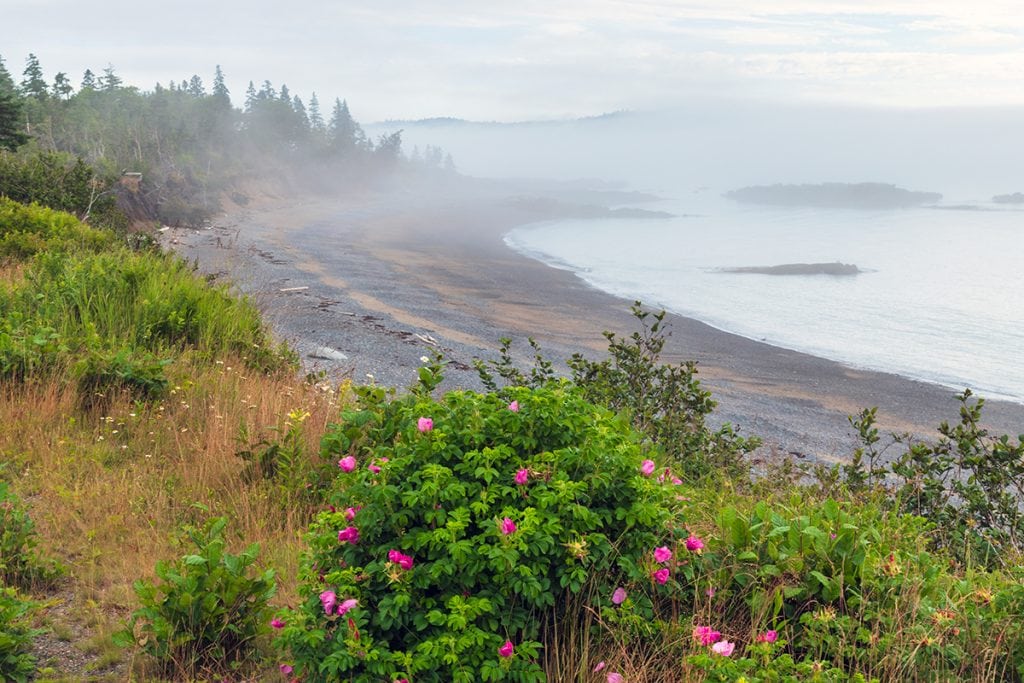
Searching for Seaglass
Beachcombing enthusiasts will be intrigued by the Campobello Island Seaglass Festival, held in late August. Seaglass refers not just to any broken bottle, but to pieces that have been smoothed and shaped by years of ocean waves, resulting in unique colors and forms used in various artworks and jewelry.
During the festival, we ventured onto the beach with organizer Stephanie Anthony, who is also the librarian at the Campobello Library. She explained that the ideal beach for finding seaglass contains smaller pebbles rather than sand or large boulders. Stephanie’s keen eye quickly identified items like a broken china cup and shards of colorful glass, including black glass from the Prohibition-era rum-running days. We even discovered stones that were once used as ballast by ships sailing from England to pick up fish along Canada’s east coast.
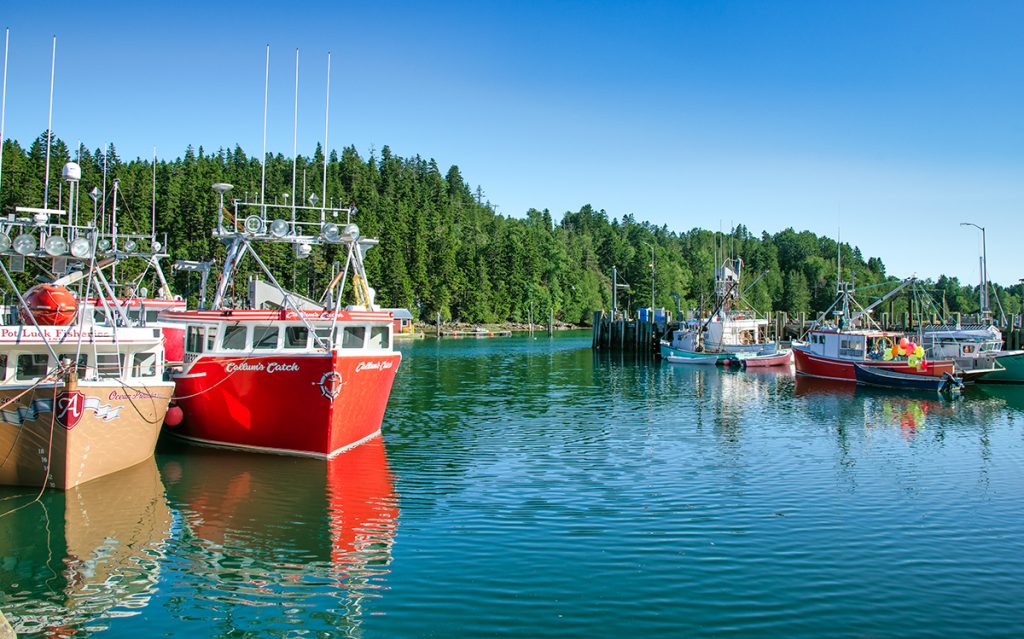
Where to Stay and Eat on Campobello Island
A variety of chalets, motels, and cottages are scattered throughout the island, with camping available at Herring Cove. Accommodations can fill up quickly, so it’s advisable to book in advance, especially during peak season. Our stay at Friar’s Bay Inn & Cottages provided stunning views of Friar’s Bay beach and conveniently placed us near Roosevelt Park. We could also enjoy the sight of the iconic Friar’s Head formation nearby.
Dining options are limited but sufficient. A favorite among visitors is The Porch, located within the Friar’s Bay Inn. Additionally, the Prince Café at the historic site is a great lunch spot situated within the charming Prince Cottage, allowing you to dine amidst period décor or on the outdoor terrace with sea views. Don’t miss out on indulging in some ice cream from the Scoop Shack on Herring Cove Road on a hot summer day!
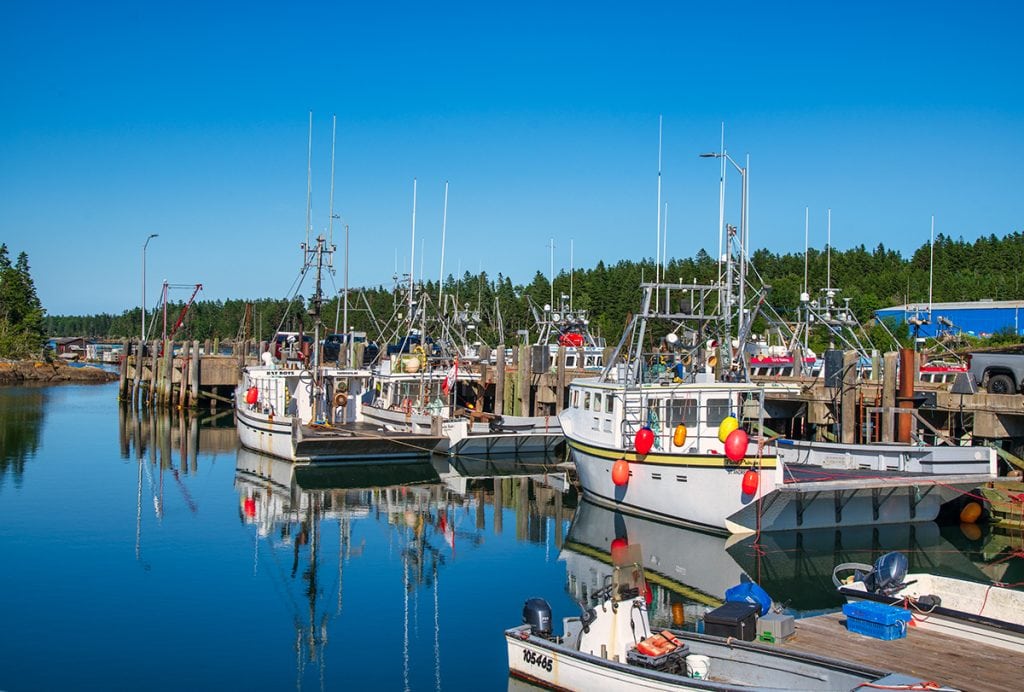
Getting to Campobello Island
Travelers have two main options to reach the island. If coming from the New Brunswick mainland, you’ll need to take two ferries. The first ferry is free and runs from L’Etete (a bit east of St. Andrews) to Deer Island—an island worth exploring. Then, there’s another ferry from Deer Island to Campobello Island, costing $25 for cars with drivers, and $5 for additional passengers.
The second option is traveling through Maine and crossing the island via the FDR International Bridge. For the most enjoyable experience, consider combining both routes for a scenic circular journey. During our visit, we took the ferries to Campobello and returned via the FDR Bridge into Lubec, Maine. From there, it was about an hour and a half drive to the border crossing into St. Stephen, New Brunswick, located northwest of St. Andrews.
This overall journey offers a wonderful trip and a truly unique experience in North America.
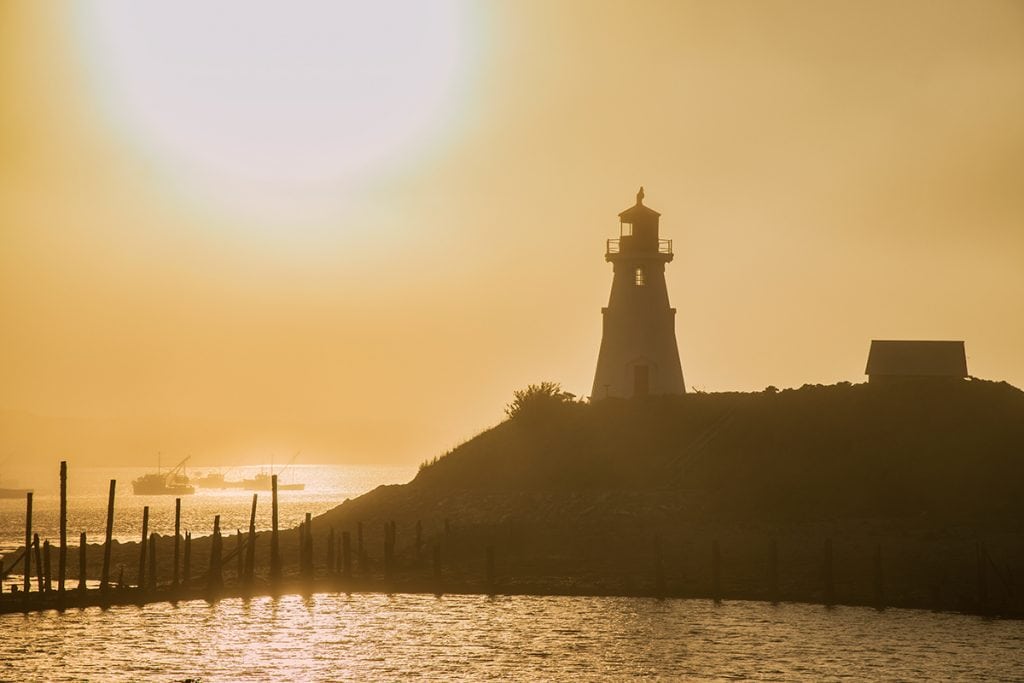
For more things to do in New Brunswick, check out our travel guides below:



